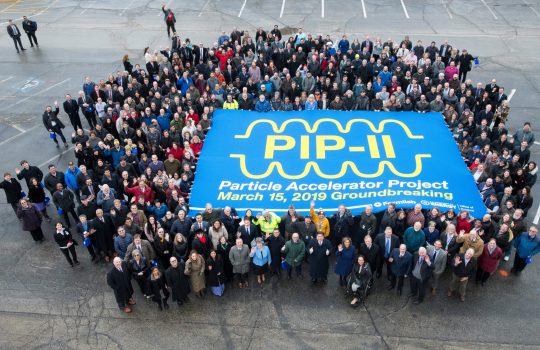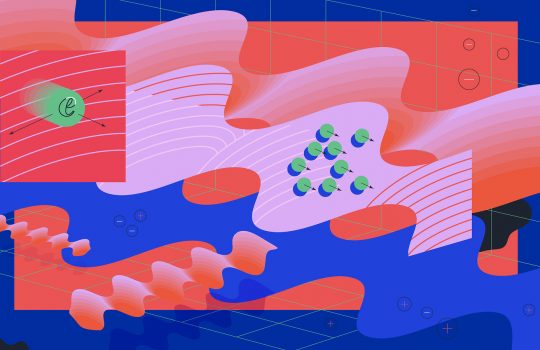Fermilab: Cerimonia di posa della prima pietra per PIP-II
From INFN, March 15, 2019: Si è tenuta oggi al Fermilab, negli Stati Uniti, la cerimonia di posa della prima pietra di uno dei più importanti progetti per il futuro della fisica, in cui l’Italia porta un contributo tecnologico e scientifico di primo piano. Si tratta del progetto PIP-II (Proton Improvement Plan II) per la realizzazione di un nuovo acceleratore lineare superconduttore, lungo 215 metri.



